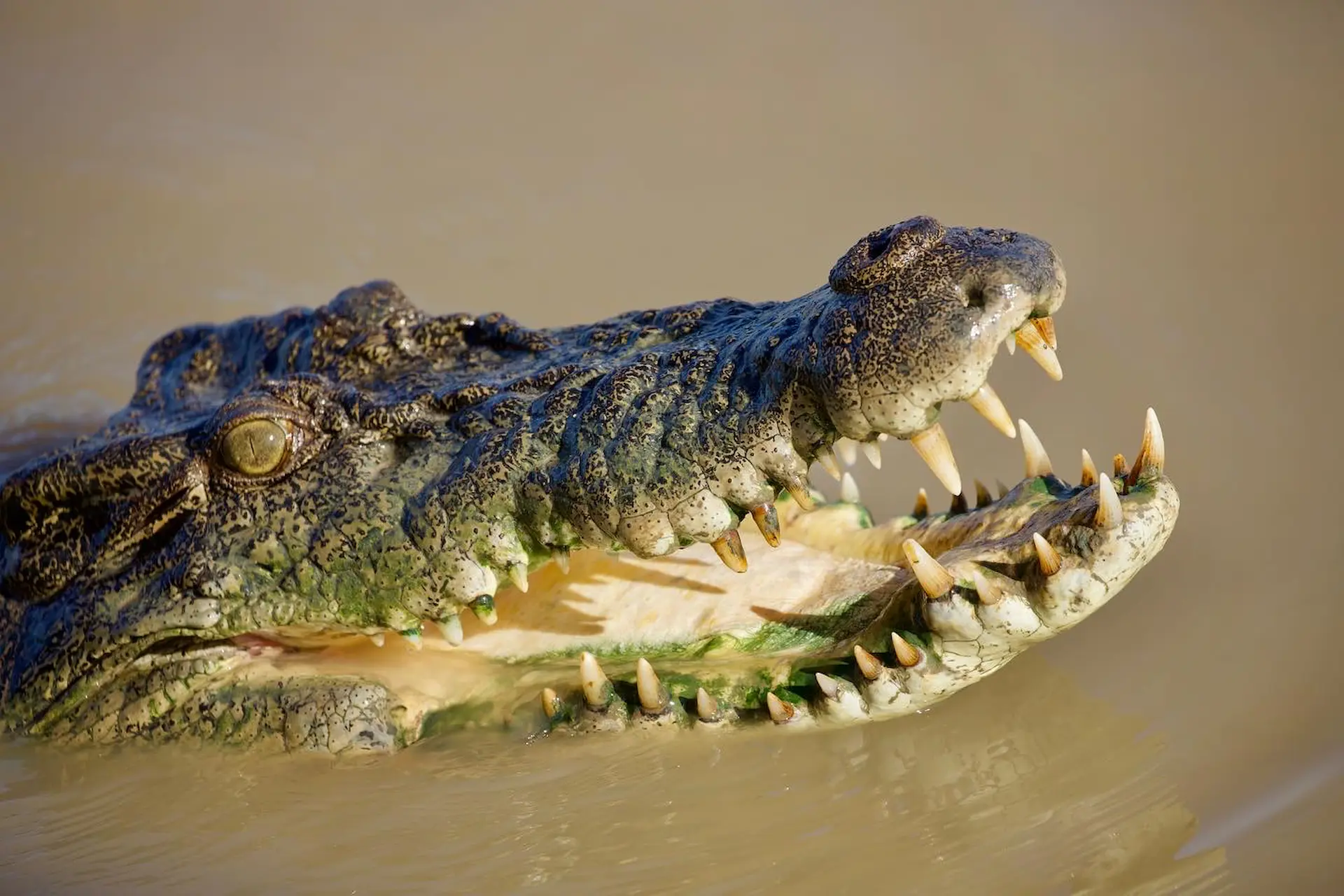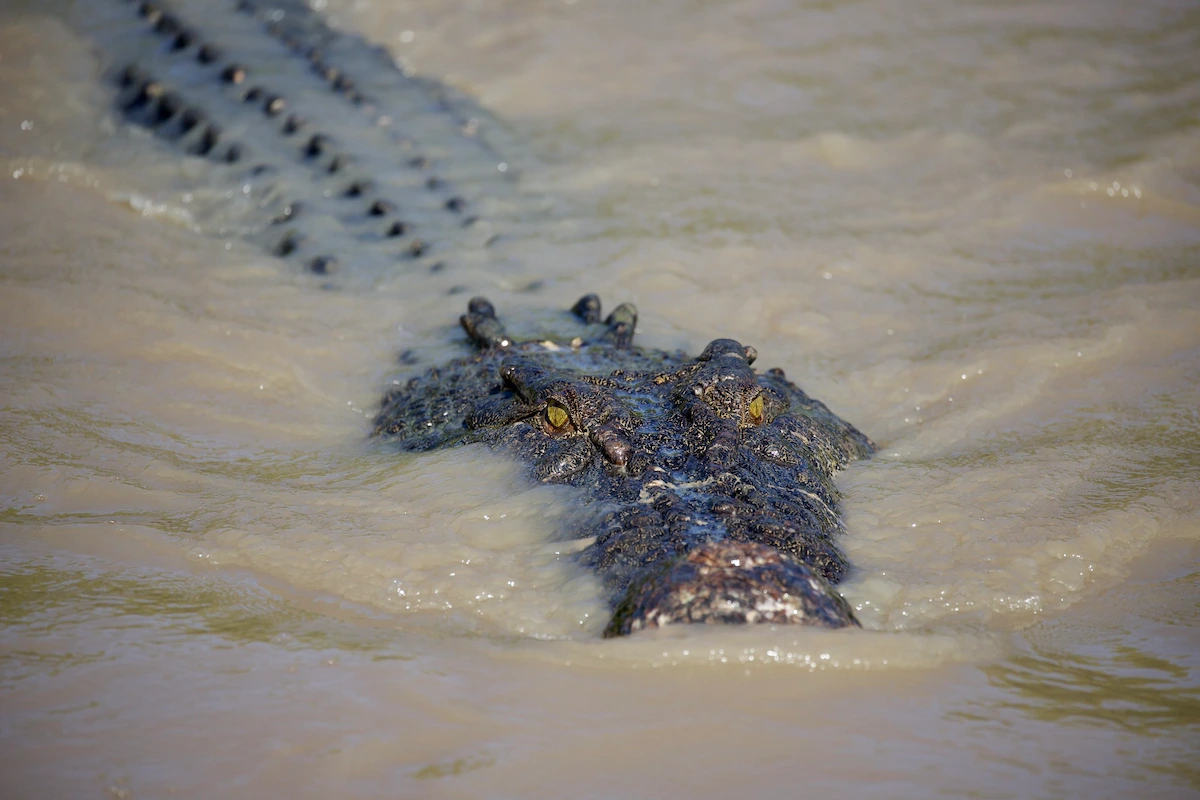All About the Saltwater Crocodile
The saltwater crocodile is one of the oldest living animals, evolutionarily speaking, and the largest reptile alive today

Crocodiles are among the most terrifying animals of all time. Their slow, quiet and sudden way of attacking is the most frightening by far. When researching predatory creatures, I’m typically comforted to discover that many are unlikely to actually attack humans—but not crocodiles. No, crocodiles are known to attack humans on purpose. These opportunistic reptiles are responsible for up to 1,000 human deaths per year and have even been known to resort to cannibalism. In fact, this story from August 2019 describes a crocodile love triangle gone wrong when a male crocodile killed and ate a rival male. Yikes.
As you can see, crocodiles are by no means picky eaters. Crocodiles will eat pretty much anything from insects and fish to birds, reptiles and mammals, both small and large. If that wasn’t scary enough, there are 14 different species of crocodiles, with even more living species within the larger Order Crocodilia which includes other well-known species like alligators and caiman. The largest and most dangerous of these is the saltwater crocodile.
The saltwater crocodile is one of the oldest living animals, evolutionarily speaking, and the largest reptile alive today. Males can grow to be more than 23 feet long, while females are much smaller, typically less than 10 feet from the tip of their snout to the end of their tail. Their name comes from the Ancient Greek term krokódilos which means lizard. They have a mouthful of 66 teeth—including their canines, which can grow to five inches long. And they have the strongest bite of any creature ever measured, with a force of 3,700 psi or pounds per square inch—twice as strong as the bite of a hippopotamus. The more I learn about crocodiles, the less I wish I knew.

As you may have guessed by their name, the saltwater crocodile can live in saltwater, brackish or even freshwater habitats. Saltwater crocodiles are well-suited for saltwater and brackish environments thanks to their lingual salt glands. These salt-excreting glands live directly under a crocodile’s tongue and help them better manage their electrolytes. Some good news is I live nowhere near the brackish wetlands of India’s east coast or the northern coast of Australia, where the saltwater crocodile frequents. Crocodiles hold a special place in the culture of these areas and are often seen as symbols of strength, cunning and wisdom. On the island of Timor-Leste in Southeastern Asia, saltwater crocodiles are even considered sacred. The legend goes that the island itself was made from a crocodile and the residents refer to crocodiles as “grandfathers”.
As one of oldest living species, the crocodile has been one of the slowest to evolve and is considered of “least concern” by the International Union for the Conservation of Nature (IUCN). Crocodiles have been around for more than 200 million years, longer than the dinosaurs. Some scientists attribute crocodiles’ longevity to their ability to survive for long periods without food.
So, what threatens the great and terrifying saltwater crocodile? Humans. Crocodiles have been hunted for their skins and meat for decades, and saltwater crocodile hides are among the most valued. They are also faced with habitat loss and degradation from human development and pollution. Even though crocodiles are absolutely terrifying, they deserve protection, too. At Ocean Conservancy, we work to protect all marine life—from the tiniest single-cell protozoa, the zooplankton, to the massive and dangerous saltwater crocodile.